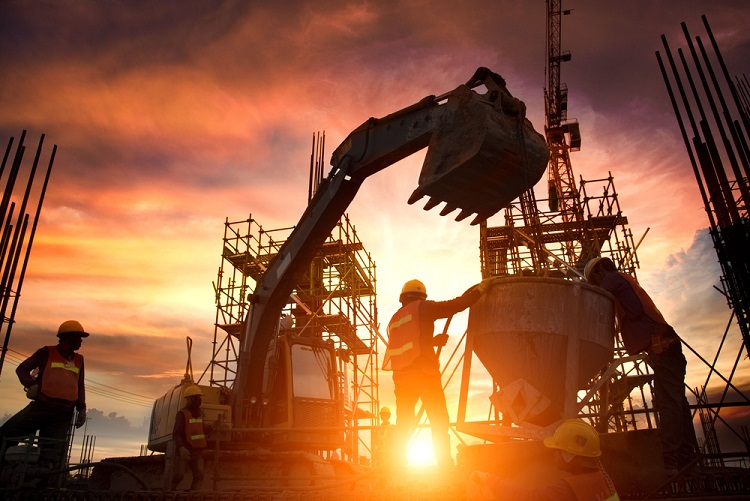Construction output is expected to grow by 5.5% in 2021, with growth continuing until 2025, a GlobalData report finds

New Zealand’s construction industry recorded an annual average growth rate of 6.6% between 2016 and 2019 before lockdown restrictions in the first half of 2020 saw the industry contract by 7.3% in real terms.
However, growth is expected to return in 2021, with the industry forecast to record real growth of 5.5%. The industry’s recovery will be driven by investments in shovel-ready projects, as well as a sharp recovery in output levels compared to periods when works were not permitted or were severely restricted in 2020.
GlobalData’s report, ‘Construction in New Zealand – Key trends and opportunities to 2025 (H1-2021) ’, reveals that the industry is expected to register an average annual growth rate of 3.5% between 2022 and 2025, supported by investments in residential, transport, institutional and renewable energy projects.
GlobalData Economist, Willis Rooney says the Government’s plans to fund large shovel-ready infrastructure projects, identified by the Infrastructure Reference Group (IRG), will have a considerable multiplier effect on the economy as a whole – supporting growth in the construction industry, facilitating job creation and supporting related industries.
In terms of sector, the highest value of projects was announced for community development, worth NZD1.2bn ($858.8m), followed by transport infrastructure projects, with a value of NZD1.1bn ($787.3m). Housing projects worth NZD974.6m ($697.5m) were also announced – the third highest by value.
In terms of region, the highest value of projects was announced in Auckland at a total value of NZD1.2bn ($858.8m), followed by Otago and Canterbury.
“The construction sectors most likely to benefit will be in infrastructure and residential,” Rooney says.
“However, potential labour and material shortages may hinder the timely implementation of these measures, with travel restrictions limiting access to migrant labour, tightness in the domestic labour market, disrupted global supply chains and surging commodities prices all posing significant downside risks.”
Infrastructure expenditure in New Zealand’s 2021 budget makes up a significant portion of new spending. Crown infrastructure investment over the period 2021–2025 has been increased substantially to NZD57.3bn ($41bn), including a further NZD1.3 billion ($930.2m) investment for KiwiRail and the National Land Transport Fund. Further capital investment includes NZD700m ($500.9m) on healthcare infrastructure, NZD300m ($214.6m) for the redevelopment of Scott base in Antarctica and NZD300m ($214.6m) for the Green Investment Fund.
“While maybe not as expansionary as some may have hoped, the budget is likely to generate substantial economic benefits for New Zealand and drive the 4% GDP growth forecasted by the IMF this year,” Rooney says.
“The budget will also provide much needed support to a construction sector in the early stages of recovery from the downturn last year.”






